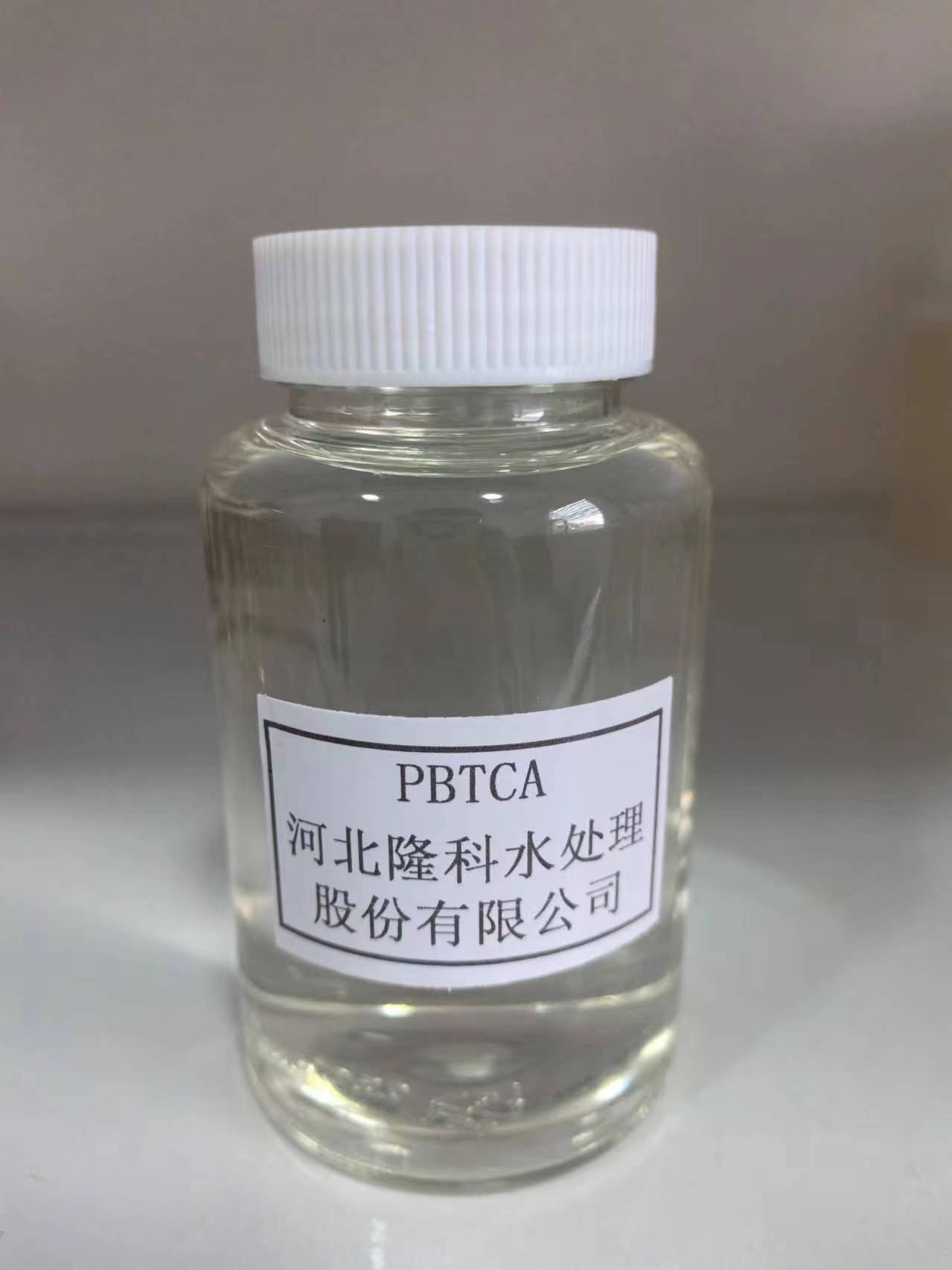different types of flocculants
Understanding Different Types of Flocculants
Flocculants are substances that promote the agglomeration of particles in liquids, aiding in the treatment of wastewater, the clarification of drinking water, and various industrial processes. The effectiveness and suitability of a flocculant depend significantly on its type, which can be categorized mainly into three groups inorganic, organic, and microbial flocculants.
Inorganic Flocculants
Inorganic flocculants are typically salts, such as aluminum sulfate (alum) and ferric chloride. They work by neutralizing the negative charges on suspended particles, allowing them to come together and settle out of the solution. One of the advantages of inorganic flocculants is their low cost and wide availability. However, they can sometimes produce residual by-products that may require further treatment, which can complicate the process and increase costs.
Organic Flocculants
different types of flocculants

Organic flocculants are derived from natural or synthetic polymers. Natural organic flocculants include starches, proteins, and vegetable gums, while synthetic options encompass polyacrylamides and polyamines. These polymers have a high molecular weight, which helps bridge the gaps between particles and enhances floc formation. Organic flocculants are often more effective at lower concentrations compared to inorganic ones and produce less sludge, making them an attractive option for many applications, including municipal wastewater treatment and paper manufacturing.
Microbial Flocculants
A newer category emerging in the field is microbial flocculants, produced by microorganisms such as bacteria and algae. These biopolymers exhibit unique properties, including biodegradability and non-toxicity, making them environmentally friendly alternatives to conventional flocculants. Research into microbial flocculants is still ongoing, but initial studies suggest they can be highly effective in various water treatment processes without the detrimental effects associated with some chemical flocculants.
Conclusion
Selecting the appropriate flocculant type is crucial for achieving optimal results in particle separation processes. Factors such as the nature of the particles, the characteristics of the liquid medium, and environmental regulations should all be considered. As technology advances and the demand for sustainable practices increases, the exploration of flocculants will likely evolve, offering new solutions for effective and environmentally friendly water treatment. Understanding the different types of flocculants available allows industries to make informed choices, ultimately contributing to more efficient and sustainable operations.
-
Water Treatment with Flocculant Water TreatmentNewsJun.12,2025
-
Polymaleic AnhydrideNewsJun.12,2025
-
Polyaspartic AcidNewsJun.12,2025
-
Enhance Industrial Processes with IsothiazolinonesNewsJun.12,2025
-
Enhance Industrial Processes with PBTCA SolutionsNewsJun.12,2025
-
Dodecyldimethylbenzylammonium Chloride SolutionsNewsJun.12,2025





